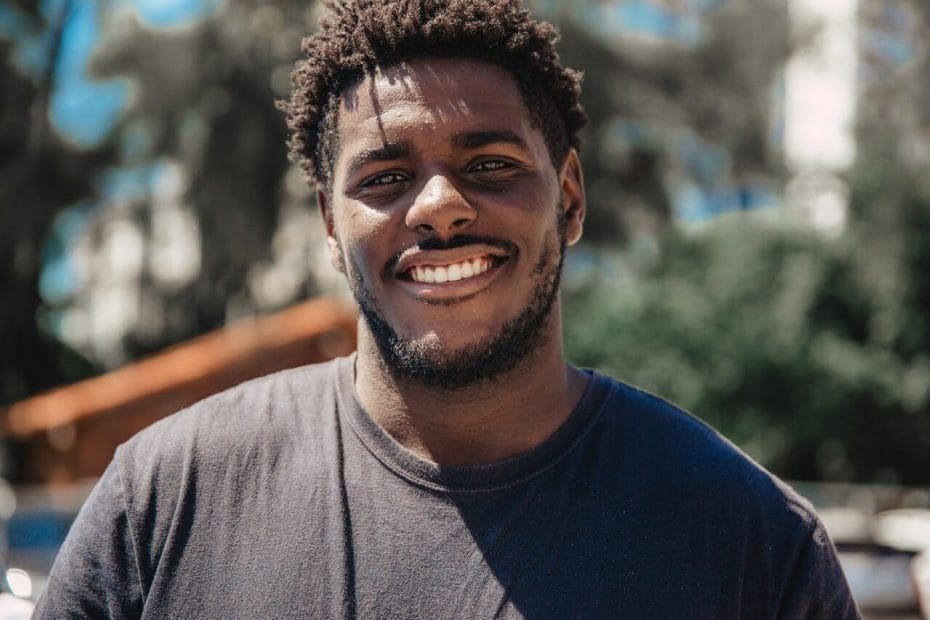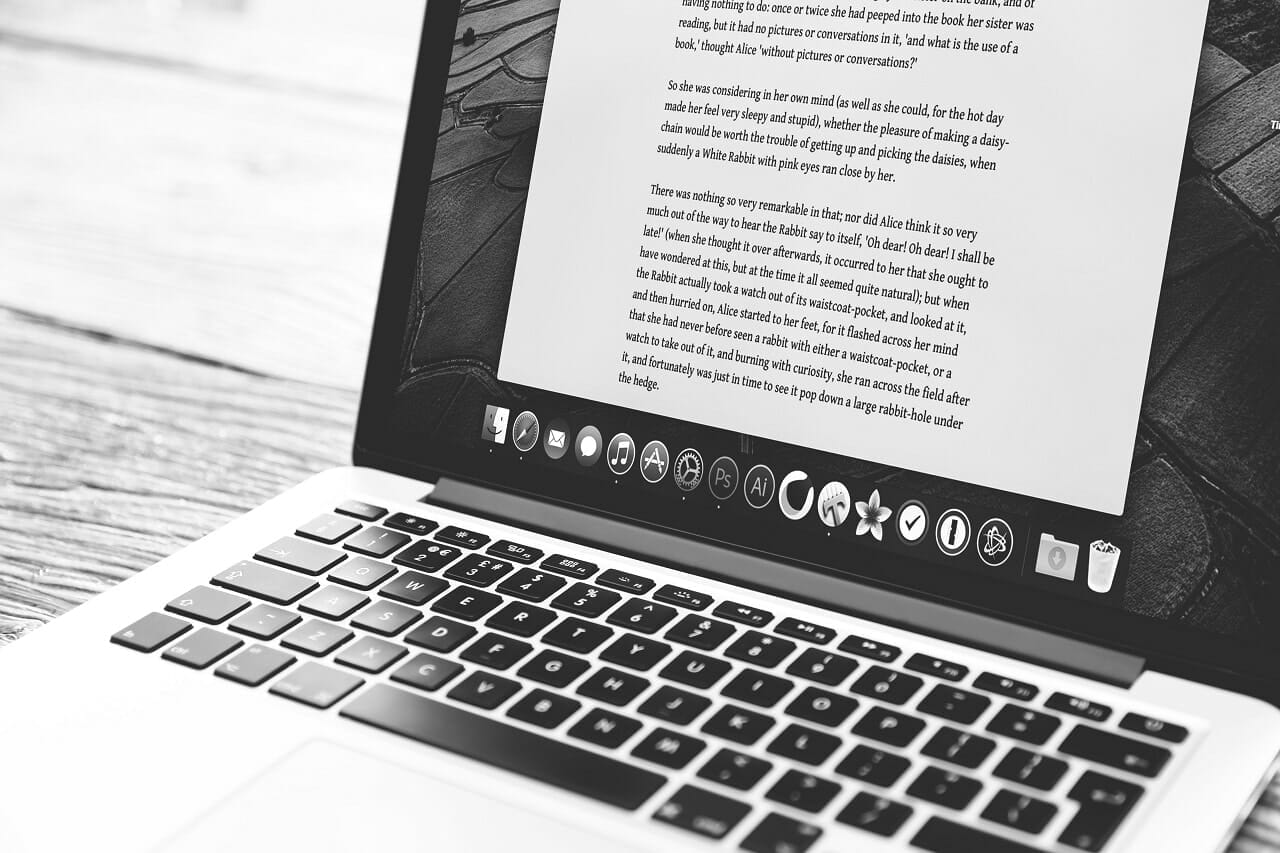Africa, as we may well know, is the bedrock of civilisation and so it comes as no surprise that it is a continent laden with rich history and savoury culture.
One thing peculiar about the African civilisation is its art and architecture ranging from the astounding civilization of the Egyptian Empire seen in their architecture (construction of the Suez Canal), their beauty regimen and system of government, to the Masai of Kenya and to the Nok and Igbo artwork in Nigeria.
But the African identity had lost some of its depth in the ship that sailed away with its people and art and further with the massive infusion of western ideals. Until recently, when artists; writers, musicians, actors and fashion industry started bringing back the beauty of the identity that is Africa. The modern manifestation of this cultural rebirth is reflected in the word of Mark Dery: Afrofuturism.
The African narrative known as Afrofuturism was coined by Mark Dery in 1994 in his essay ‘Black To The Future’. He sees the concept as an African-American narrative of connecting culture and technology.
Meanwhile, Dr Tegan Bristow, the head of Interactive Digital Media at Wits University, in an interview he published on his site, gave a brief historical overview of Afrofuturism. He said:
“Afrofuturism defined shifts in African American literature and music that were addressing science fiction and technology as far back as the early 70s. It was a movement about consciousness and identity that used these metaphors to shift peoples’ perspectives on what it meant to be black in the USA at that time, a necessary re-identification outside of the dominant racial stereotypes…In the South, with the growing urban youth cultures and access to technology, young Africans started looking at Afrofuturism as inspiration for communicating about themselves to the world, an experimental and exploratory way to identify a new generation of ‘global’ Africans and what it meant to be African.”
Afrofuturism for Mark Kamau, a Kenyan interaction designer, is more than inculcating the past and traditions of Africa but embracing it as it is because to him, the western design is ill-fitting on Africans. Kamau further explains:
“Afrofuturism in design, and in general, is about aspiration for excellence, aspiration for intelligent engagement with our continent, for the purpose of overcoming our own challenges. It is people in these African contexts saying: Why do we have to wait for somebody to do it for us?”
To me, Afrofuturism is a projection of Africa we want to see as opposed to the Africa we are living in. We want to develop in science and medicine and technology and government and at the same time maintain that colourful tradition that defines us.
Afrofuturism in literature
As the Nigerian-American author Nnedi Okorafor says, “African science fiction’s blood runs deep, and it’s old, and it’s ready to come forth. And when it does, imagine the new technologies, ideas and sociopolitical changes it will inspire.”
Nnedi Okorafor has written plenty of successful Afrofuturist novels such as her Hugo Award-winning Binti novella series, and for her novel, Who Fears Death.
Also, Steven Barnes has been called an Afrofuturist author for his alternate-history novels Lion’s Blood and Zulu Heart. Others who have been considered as Afrofuturist authors include N.K. Jemisin, Nalo Hopkinson, and Colson Whitehead. Also, Octavia Butler, in his story of two immortal Africans, Doro and Anyawu, presents a perfect Afrofuturistic theme in his book: Wild Seed.
Some contemporary books that further the Afrofuturistic movement are:
My Soul To Keep by Tananarive Due, the first book in the African Immortals series, explores the story of Jessica who is married to David, a millennia-old immortal. It carries us through his life through the slave trade, colonialism with all the gory details that follow.
Nigerians In Space by Deji Bryce Olukotun present the fantastic story of Kwesi Brackett, a former NASA employee, who is an engineer in the newly formed Nigerian Space Program and is faced with the task of rescuing a stranded astronaut after a massive solar flare hit the earth wiping out most of the technology in Europe, North America and Asia.
In 2013, a Chicago resident Ytasha L. Womack wrote the study “Afrofuturism: The World of Black Science Fiction and Fantasy”, and William Hayashi has published all three volumes of his Darkside Trilogy.
Krista Franklin also created an audio narrative in collaboration with another Afrofuturist, Perpetual Rebel, called The Two Thousand and Thirteen Narrative (s) of Naima Brown, which explores the ideas of identity and transformation within the context of hair and African-American culture.
Afrofuturism in movies
African futurism is more than just sci-fi by black people and with black people as characters. It is rich in culture and art and music that is unapologetically African. It is more of fusing the African narrative and technology seamlessly so that one does not stand starkly against the other but in harmony.
And that is why one primary medium where Afrofuturistic ideas are promoted is the movie industry. It is much more graphic, direct and captures more audience than other media. Afrofuturistic movies are set to send strong messages to viewers so that they respond in an intended way – by seeing the potential and possibility of a sophisticated digital future for Africa and Africans and by moving either consciously or unconsciously towards that goal.
The most prominent and revolutionary movie in the history of Afrofuturism is Black Panther, a film with predominantly black casts set in a kingdom in Africa – Wakanda, which houses the strongest and most expensive substance on earth, Vibranium. And with vibranium, the inhabitants were able to create arguably the most complex, standard and futuristic technology on TV.
The release of Black Panther was a notable day for Africans especially the Afrofuturistic inclined ones as they trooped in droves to the cinema many in traditional attire to witness a digital and technology embracing Africa. It was indeed a fresh turn of events. And at that time, the young, old, males, females, Africans at home and in diaspora all recognised one binding factor…’Wakanda Forever’. Little wonder the movie hit a billion dollars within just a few weeks of release with such groundbreaking speed. It is also worth noting that Black Panther was the most expensive movie that Marvel Studios, the producers of the film had ever produced.
The movie Black Panther also gained the approval of plenty Feminists who are of the opinion that the depiction of the African women as strong warriors who embrace their culture and beauty aesthetics was a re-affirmation that Afrofuturism is a movement for the better.
The message of the movement was not only communicated through the skin colour of the casts or location of the movie and placing it in line with technology, it also sent strong messages to viewers by displaying a hair culture where no black character had straight hair, fashion with a healthy infusion of technology, a language, music, tradition, monarchy and generally a dominant theme that brings Africa to the forefront of technology, precisely what Afrofuturism is all about and more.
In addition to the predominantly black cast filled with Hollywood stars and starlets, “Black Panther” also had a black production team spearheading the shaping of this story. The writer, filmmaker and executive producer are African-American. Production designer Hannah Beachler, who was influenced by Afrofuturistic architecture and Afropunk aesthetics, helped lay the groundwork for the film. The African regalia and elaborate costumes by famed wardrobe designer Ruth E. Carter created Wakandan couture that would give New York Fashion Week a run for its money with just a look at the use of kimoyo beads as both a fashion accessory and a communication device.
Afrofuturism in music
Musicians such as Janelle Monáe have made conscious efforts to restore Afrofuturist cosmology to the forefront of urban contemporary music. In her notable works, she is considered to be a great promoter of Afrofuturist funk into a new Neo-Afrofuturism by use of her Metropolis-inspired alter-ego character. She depicts Cindi Mayweather as one who incites a rebellion against the Great Divide, a secret society, in order to liberate citizens who have fallen under their oppression.
This ArchAndroid role reflects earlier Afrofuturistic figures Sun Ra and George Clinton, who created their own visuals as extraterrestrial beings rescuing African-Americans from the oppressive natures of Earth.
Monae is the founder of all Black Wondaland Arts Collective Society. She stated “We believe songs are spaceships. We believe music is the weapon of the future. We believe books are the stars.”
Also, consider dBridge, SBTRKT, Shabazz Palaces and Heavyweight Dub Champion as musical artists who are Afrofuturists.
Afrofuturism in technology
According to Reynaldo Anderson, the term ‘Afro-futurism is insufficient with the rise of social media and new technology, and thus he coined ‘Afro-futurism 2.0’. And indeed, many accounts all over social media have been dedicated to the restoration of the black glory in communities over black matters in tune with the change of cultural aesthetics and digital divides.
The digital divide overemphasizes the association of racial and economic inequality with limited access to technology. This association then begins to construct blackness “as always oppositional to technologically driven chronicles of progress” according to Alondra Nelson.
Anderson further acknowledges and accounts for the changes in technology, social movements, and even philosophical changes in modern society and how the Afrofuturist narrative will be changed because of it. This, in an account of the rise and boom of social media platforms which have more or less connected the global front.
Now, Afrofuturism can be seen even in video games where developers create games located in ancient cities with technological advancements ruled by traditional gods such as Sango, God of the thunder of the Yorubas. These games such as Overwatch featuring a utopian city of Numbani where Omnics (robots with artificial intelligence) live in peace with humans after the war.
Afrofuturism in art
It is not just African art; it is a palette of African history, mythology, culture and beliefs defined in geometric lines, bold colours, other dimensional planes, time travel or digital input.
Over the years, Afrofuturism had been depicted in so many artworks some of which are by:
Cyrus Kabiru – Kenya
Cyrus Kabiru is a self-taught artist. He makes sculptural objects from salvaged scrap materials which have made him gain international recognition. His most famous work, C-Stunner is a futuristic sculptural glass inspired by his childhood in the Eastlands of Nairobi.
Emo De Medeiros – Benin
His work revolves around “contexture”, which he described as “a holistic and massively interconnected structure.” Emo de Medeiros describes himself as an Afroglobalist as much as an Afrofuturist.
Contexture emphasises transculturalness, interconnection, transformation, hybridisation and circulation of forms, myths and merchandises in a post-colonial, globalised and digitalised world.
Wangechi Mutu – Kenya
Wangechi Mutu’s theme revolves around the violence and representation faced by women, especially black women in the contemporary world.
Cyborg mutants grafted together from anthropological, ethnographic, medical and fashion images feature in her work. Mutu has said of her work:
“I’m really trying to pay homage to the notion of the sublime and the object together and using the aesthetic of rejection, or poverty, or wretchedness as a tool to talk about things that are transcendent and hopeful.” “we really have to pick up pieces and remake and rework things to translate them into something new and hopeful,” said Mutu of the fragmented images created by her use of recycled materials.
Others are; Pamela Phatsimo Sunstrum of Botswana, Eddy Kamuanga Ilunga of Democratic Republic of Congo and Osborne Macharia of Kenya.
Afrofuturism in fashion
The Afrofuturism culture is a creative space that calls for Africans to reconstruct, redefine, and decolonize their identity through a tactile, transcendence, and wearable form of art.
The movement further deconstructs the conception of western influence on African fashion and reimagines it as dominance of Afro influence in textile concept and production signalling sustainability of African contributions to the fashion industry.
An unmistakable attitude in the unique style of the African fashion renaissance is its unapologetic attitude exuding from the prints used, their historical significance, traditional connotation and how much it highlights political awareness.
In describing Johannesburg’s street style, Tanzanian-born designer Anisa Mpungwe says: “an unapologetic attitude and sense of pride in identity, whether condoned or not” (CNN Style, 2018). This identity is displayed in daring use of patterns and colours, which are often bright and eye-catching. They are not simply beautiful but also distinct and recognisable amongst foreign designs. Manufacturing has rapidly improved allowing for the entire creative process to stay local, with textile factories popping up throughout Johannesburg, Casablanca, Lagos and Nairobi (CNN Style, 2018).
Ghanaian designer and artist Serge Attukwei Clottey, in his exhibit, entitled: ‘My Mother’s Wardrobe’, explored both a sense of identity and style. His exhibition largely shows fabric as a means of communication and connection between mothers and their children (Financial Times, 2017). An array og multifaceted interplay between identity, politics, culture, and design, which brought about a much-needed African narrative into a very Western-centric story of fashion.
From the comfort of her birthplace and through the use of Adire and bold prints, Nigerian designer Amaka Osakwe has celebrated her rich culture in colourful unapologetic energy through a “manual textile dyeing technique passed down by the Yoruba people of West Africa.”.
Osakwe was recently a headliner of Lagos Fashion Week and displayed her brand Maki Oh in New York Fashion Week. It is, therefore, no surprise that Beyoncé and Michelle Obama have worn Maki Oh clothing seeing the exponential rise of African fashion footwear industry.
It is clear that the African Fashion movement is gaining momentum and will only become more prominent in future years.
When asked about Afrofuturism, Nigerian fashion blogger Temi Otedola said:
“Although previously undermined in creative industries, but often appropriated from, a large proportion of art, music and design is rooted in black culture. How is it that we are often the innovators of popular culture trends but left behind in the monetization of such trends? I can slowly see black entrepreneurs and creatives taking a hold of our own ideas.”
In conclusion, it is clear that Afrofuturism is now beyond a concept; it a movement that transcends all aspects of African life determined to reconstruct and redefine innovation by Africans.





